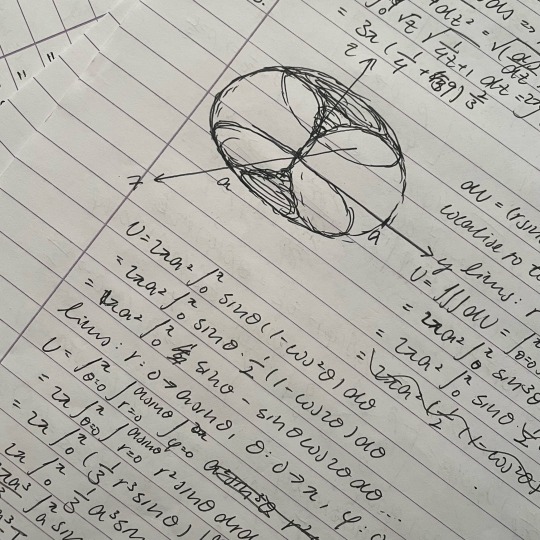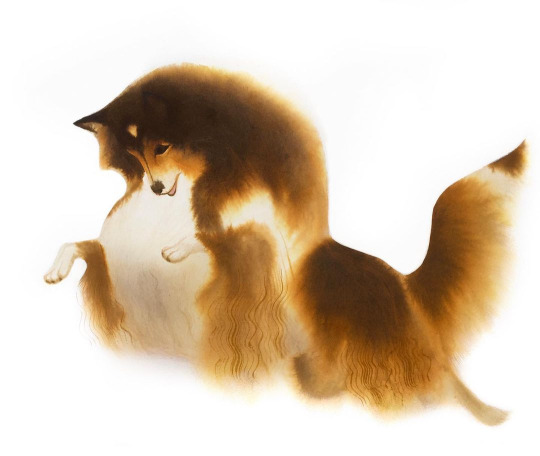Text
An analysis of a vast database of compounds has revealed a curious repeating pattern in the way matter composes itself.
Of more than 80,000 electronic structures of experimental and predicted materials studied, a whopping 60 percent have a basic structural unit based on a multiple of four.
What's so strange about this is that the research team that discovered this pattern couldn't figure out why it happens. All we know at the moment is that it's real and observable. It just evades explanation.
Continue Reading.
54 notes
·
View notes
Text


if I won the lottery I wouldn't tell anyone, but there would be signs...
772 notes
·
View notes
Photo

The Doubt, 1907-8 by Giacomo Balla (Italian, 1871–1958)
912 notes
·
View notes
Text
Introduction to Topology Master Post
Metric Spaces
Topological Spaces and Continuity
Closed Sets and Limit Points
Hausdorffness
Connectedness
Path Connectedness
Compactness
Bases and Second Countability
Product Spaces
The Heine-Borel Theorem
Quotient Spaces
Important Examples
Conclusions and Remaining Questions
As of making this post, the entire series isn't out yet so some links won't be here yet (24/04/2024)
48 notes
·
View notes
Text
WE'RE SO BACK BABEEYYYY
45 notes
·
View notes
Text
Astronomers identified the largest stellar black hole yet discovered in the Milky Way, with a mass 33 times that of the Sun, according to a study published on Tuesday.
The black hole, named Gaia BH3, was discovered "by chance" from data collected by the European Space Agency's Gaia mission, an astronomer from the National Centre for Scientific Research (CNRS) at the Observatoire de Paris, Pasquale Panuzzo, told AFP.
Gaia, which is dedicated to mapping the Milky Way galaxy, located BH3 2,000 light years away from Earth in the Aquila constellation.
Continue Reading.
107 notes
·
View notes
Text
The potential of quantum computing is immense, but the distances over which entangled particles can reliably carry information remains a massive hurdle. The tiniest of disturbances can make a scrambled mess of their relationship.
To circumvent the problem, quantum computing researchers have found ways to stabilize long lengths of optical fibers or used satellites to preserve signals through the near-vacuum of space.
Continue Reading.
101 notes
·
View notes
Text





Saturn and its rings in visible/ultraviolet
2K notes
·
View notes
Text

Cassini: looking Saturn in the eye (October 11, 2006)
328 notes
·
View notes
Text




i love physics but i don’t think physics loves me
526 notes
·
View notes
Photo

Sigourney Weaver by Helmut Newton, 1992
2K notes
·
View notes
Text
"In A Brief History of Time, the early (bottom-up) Hawking famously wrote, “Even if we do find a theory of everything, it is just a set of rules and equations. What is it that breathes fire into the equations?” The answer of the later (top-down) Hawking was: observership. We create the universe as much as the universe creates us."
-- Thomas Hertog
On the Origin of Time - Stephen Hawking's Final Theory
2 notes
·
View notes
Photo

Ivan Meštrović
Dve Vdovi (Two Widows), 1909
(detail)
22K notes
·
View notes














